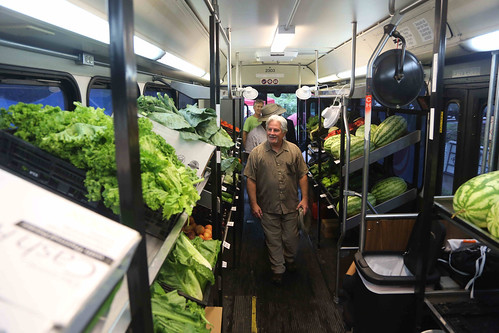New Year’s Resolutions: Managing diabetes
By Seth Bloomeley
For the U of A System Division of Agriculture
Dec. 15, 2017
Fast facts:
- ‘Miracle’ weight loss products aren’t a long-term solution
- Gradually lowering calorie intake a best route
- Extension service offers four-lesson diabetes education program
(374 words)
(Download this story in MS Word format here.)
LITTLE ROCK – Successfully navigating the caloric challenges of the end-of-the-year holidays is tough for everyone, but can be especially difficult for those with diabetes.
New Year’s diet resolutions come with particular challenges for diabetics, but those challenges can be overcome with special attention to carbohydrate control and portion size, said Debra Head, a certified diabetes educator with the University of Arkansas System Division of Agriculture.
“Just like you and me, most everywhere persons with diabetes go during the holidays, food is involved and we get less physical activity because we are indoors in the cold and while visiting family,” Head said.
When New Year’s Day arrives, resolutions for diabetics typically involve the goal of reducing blood sugar, or “A1C” levels.
“Carbohydrates, including foods with sugar, typically raise the blood sugar more than other foods,” Head said. “And, portion control is a big issue.”
A few tips:
- Lower carbohydrates in your meal plan.
- Increase activity to offset the portions you eat during the holidays.
- Eat a healthy snack or drink a glass of water to cut down on hunger before meals.
The good news? Society is much more understanding and aware of the issues facing persons with diabetes, so generally Grandma is OK with it if Junior passes on her chocolate pie.
“We have had a lot of positive promotion for healthy lifestyle changes and making healthier food choices and engaging in physical activity to help with diabetes control,” Head said. “There is definitely more information on prevention than there used to be.”
The Cooperative Extension Service offers a four-lesson program for diabetes education. Contact your local county extension office or checking the service’s website for more information at https://www.uaex.uada.edu/life-skills-wellness/food-nutrition/diabetes.aspx.
Each person must approach diet from his or her own individual perspective and needs. Some may need to cut back on their portions. Others may need to balance their meals with physical activity.
“And it’s important to keep perspective,” Head said. “The holidays are just once a year. If 360 days a year you eat healthy, the other five days aren’t as big of a deal.”
Another good resource is http://www.diabetes.org, she said.
To learn more about healthy eating and living with special dietary needs, contact your local Cooperative Extension Service agent or visit www.uaex.uada.edu.
About the Division of Agriculture
The University of Arkansas System Division of Agriculture’s mission is to strengthen agriculture, communities, and families by connecting trusted research to the adoption of best practices. Through the Agricultural Experiment Station and the Cooperative Extension Service, the Division of Agriculture conducts research and extension work within the nation’s historic land grant education system.
The Division of Agriculture is one of 20 entities within the University of Arkansas System. It has offices in all 75 counties in Arkansas and faculty on five system campuses.
Pursuant to 7 CFR § 15.3, the University of Arkansas System Division of Agriculture offers all its Extension and Research programs and services (including employment) without regard to race, color, sex, national origin, religion, age, disability, marital or veteran status, genetic information, sexual preference, pregnancy or any other legally protected status, and is an equal opportunity institution.
# # #
Media Contact: Mary Hightower
Dir. of Communication Services
U of A System Division of Agriculture
Cooperative Extension Service
(501) 671-2126
mhightower@uada.edu
Related Links
